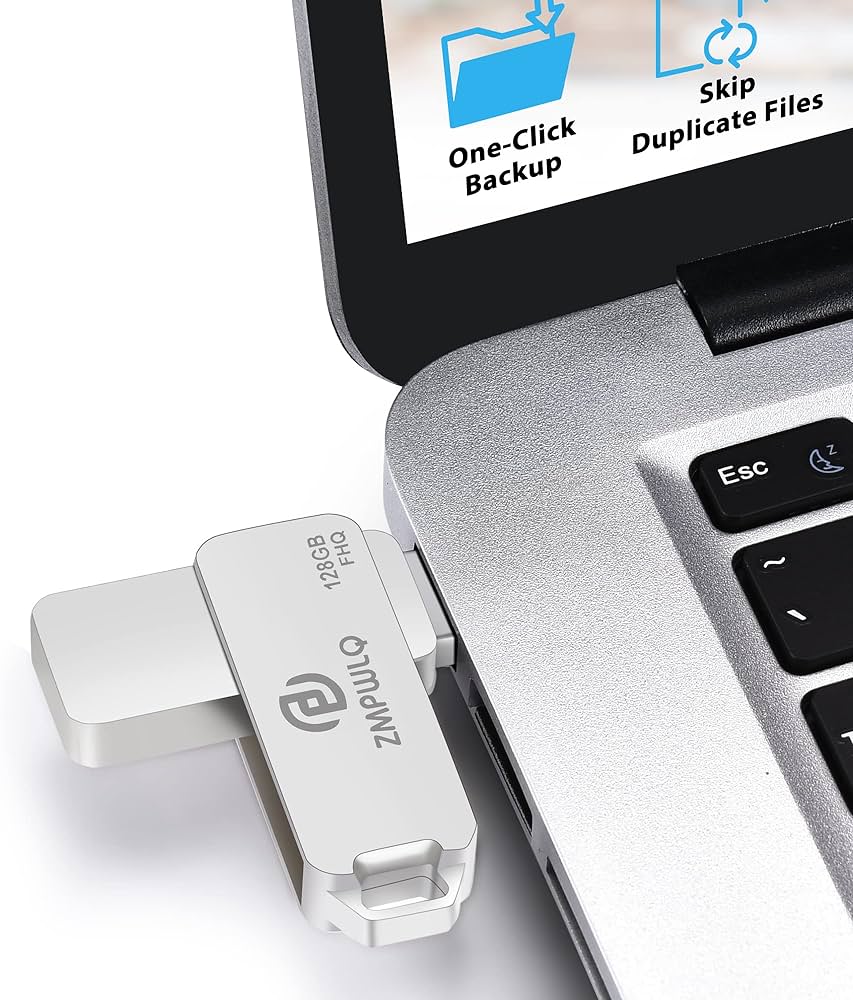Recover all your files from a Time Machine backup to restore your Macbook data. If your system or startup disk is damaged, reinstall macOS first.
There are various data recovery tools available for Mac that can help you recover data from corrupted or formatted storage devices, such as the Mac Data Recovery tool, Disk Drill, and EaseUS Data Recovery Wizard. In addition, if your Macbook won’t turn on, you can recover data using iBoysoft or recover deleted files on iCloud.
com. The cost of Apple data recovery varies, and you can find more information on pricing from companies like EaseUS.
Importance Of Data Recovery For Macbook Users
Data recovery for Macbook users is of utmost importance. Understanding the significance of data recovery for Mac users involves exploring the reasons for data loss on Macbooks and highlighting the impact of data loss on personal and professional lives. Fortunately, there are multiple options available for Mac users to recover their lost data.
One option is to use Time Machine, which allows users to recover files from a backup if their system or startup disk is damaged. Another option is to utilize data recovery software specifically designed for Mac, such as Disk Drill or EaseUS Data Recovery Wizard. These tools can recover deleted or lost data from any storage device, including hard drives and SSDs.
In addition, professionals like DriveSavers offer Mac hard drive recovery services, ensuring that data can be retrieved from any Mac computer with any type of hard drive. Apple itself provides tools like Disk Utility to restore disks and recover data from malfunctioning Macbook devices.
Overall, data recovery for Macbook users is crucial in order to safeguard valuable files and prevent the negative consequences of data loss. Whether it’s through backup options, data recovery software, or professional services, Mac users have several avenues to retrieve their precious data.

Credit: www.nytimes.com
How To Recover Data From A Macbook
If you use Time Machine to back up your Mac, you can recover your files if your system or startup disk is damaged. To do this, first, reinstall macOS on your Mac. Once the reinstallation is complete, you can access your Time Machine backups by following these steps:
- Open the Time Machine application.
- Select the date and time of the backup you want to restore from.
- Click on the “Restore” button to restore the selected files to their original location on your Mac.
When your system or startup disk is damaged, you may need to recover your files using data recovery software. There are various data recovery tools available for Mac that can help you retrieve your files from corrupted or formatted storage devices. Some popular options include Disk Drill, EaseUS Data Recovery Wizard, and DriveSavers Data Recovery.
If your Macbook won’t turn on, there are still options to recover your data. One alternative is to try using open-source recovery software that is specifically designed to recover data from Macbooks that won’t power on. Another option is to remove the hard drive from your Macbook and connect it to a PC to recover the data. Additionally, you can seek professional data recovery services for physically damaged devices.
Preventing Data Loss On Macbooks
Regular backups are essential to protect your valuable data on your Macbook. Mac users can rely on reliable backup solutions like Time Machine to easily recover their files in case of system or startup disk damage. Time Machine allows you to reinstall macOS and recover your files seamlessly. For additional data recovery options, there are various data recovery tools available for Mac, such as Disk Drill and EaseUS Data Recovery Wizard, which can help you retrieve data from corrupted or formatted storage devices.
In order to prevent data loss, it’s important to follow best practices for data management on your Mac. Organizing your files and folders effectively can make it easier to locate and retrieve data when needed. It’s also recommended to implement file recovery precautions and safety measures to minimize the risk of data loss. With proper backup strategies and data management techniques, you can ensure the security and recovery of your valuable data on your Macbook.
Frequently Asked Questions Of Macbook Data Recovery
Can You Recover Macbook Data?
Yes, you can recover data from your Macbook using various methods and tools. You can restore files from a Time Machine backup, use data recovery software, or seek professional help for hard drive recovery.
How Do I Recover Data From My Macbook That Won’t Turn On?
If your Macbook won’t turn on, you can recover your data by following these steps. First, try restoring from a Time Machine backup. If that’s not possible, there are data recovery tools available for Mac. You can also use data recovery software like Disk Drill or EaseUS to recover lost files.
Alternatively, you can seek professional data recovery services, but they may come at a cost.
Does Apple Have A Data Recovery Tool?
Yes, Apple offers data recovery tools such as Time Machine for Mac users to recover files from a backup if their system or startup disk is damaged. Furthermore, there are also third-party software options available for data recovery on Mac.
Conclusion
In the unfortunate event of a damaged system or startup disk on your MacBook, you can rely on Time Machine to recover all your important files. By reinstalling macOS and utilizing the all-inclusive data recovery engine, you can safely and quickly retrieve lost, deleted, or formatted files.
There are also various data recovery tools available for Mac, such as Disk Drill and EaseUS Data Recovery Wizard, that offer professional solutions. Don’t worry about the cost, as there are affordable options provided by Apple and other software providers.
With these reliable resources, you can easily recover your precious data and get back to work hassle-free.

